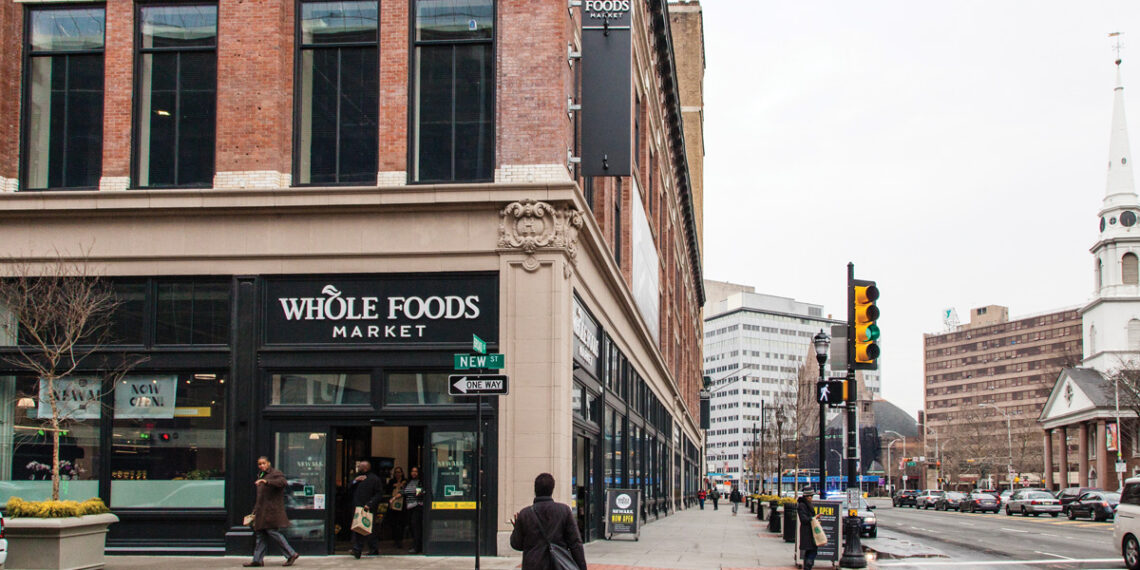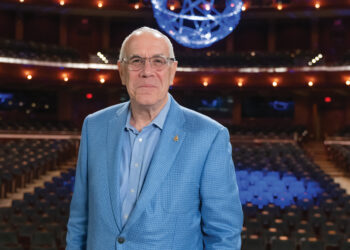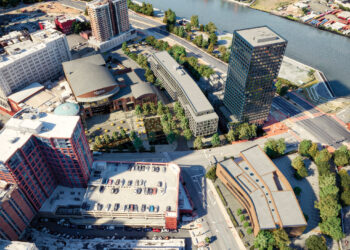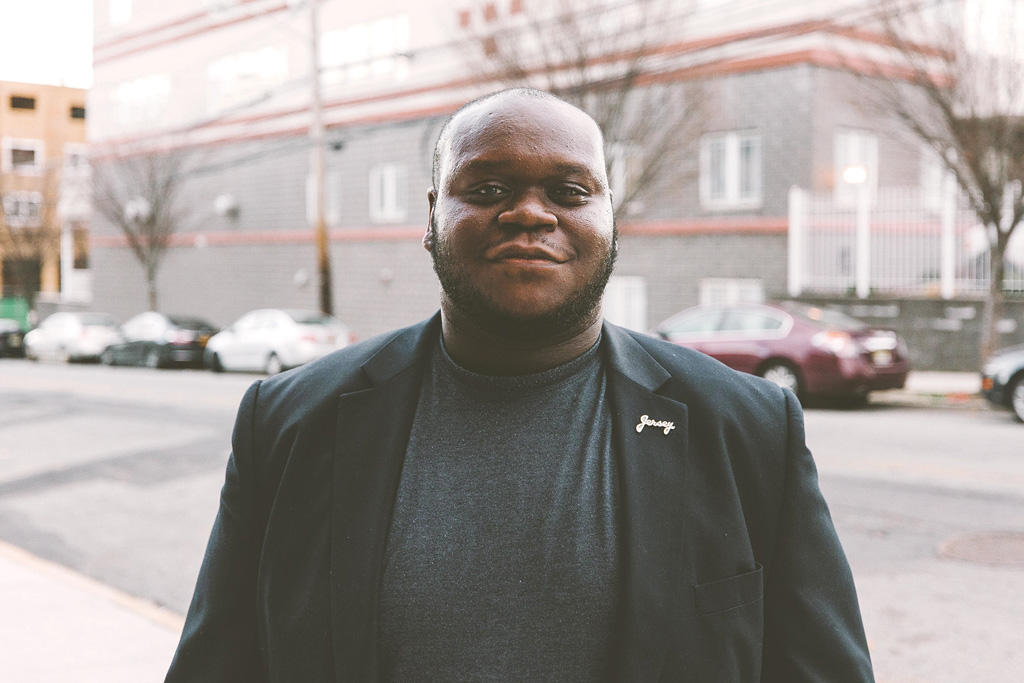PART 2 OF OUR SERIES ON THE “G” WORD
A walk down Broad Street, just past the familiar bustle of Market Street, gives way to a sight that’s welcoming to some who have long sought to see the empty gaps and once grand structures of Newark brought back to life. In the eyes of others, the sight is two glaring indicators that the ugly “G” word has now found its way to the city.
The sight? A Whole Foods Market, which now exists inside the revitalized Hahne & Company building, and a Starbucks, which left Newark in 2008 only to return in 2015. These two establishments symbolize a new Newark that many residents feel is not inclusive of its existing community.
Gentrification, as defined by the online version of Cambridge Dictionary, is the process by which a poor neighborhood in a city is changed by people who have money, including especially the improvement or replacement of buildings. By definition, gentrification means that there will eventually be displacement by those who have the means to rebuild or develop an underserved area.
My goal, as a real-estate professional and lifelong resident of this city, is to have Newarkers rewrite the narrative and shift their thoughts to keywords within the definition of gentrification—change and improvement. Gentrification is an opportunity, not only for “people who have money,” but for residents who wish to be empowered to create the change they seek.
In November 2017, Rutgers University–Newark published a report titled “Displacement Risk and Gentrification” written by David D. Troutt of Rutgers Center on Law, Inequality & Metropolitan Equity. In the report, Troutt notes: Newark, a city with the second highest rate of renters in the country, is deep into a crisis of affordable housing. Rents are rising significantly and income-restricted housing is at risk.
This finding reinforces the thought process that plagues some of the city’s residents. It’s understandable for them, much like some of the lifelong residents of Harlem or Brooklyn, to look around and feel helpless. Newarkers need to shift their thinking away from helplessness and hopelessness and focus on how we can be deeply rooted in the change we wish to see.
That change can begin to take shape through the process of “gentrifying from within.” That phrase, attributed to Mayor Baraka, symbolizes what equitable growth means. Gentrification scares populations at risk of displacement because it suggests that desired growth (the revitalization of areas long in need of infusions of capital and resources) will occur without them (displacement). But what if the very people whose new skills, education, financial capacity, and political voice are typically wooed from elsewhere were instead grown on Newark’s fertile Earth? Troutt posed this in a follow-up report, “Making Newark Work for Newarkers: Housing and Equitable Growth in the Next Brick City.” It reinforces my thoughts on Newark residents being motivated, and not crippled, by change and improvement.
If we create a foundation of education for ourselves, we can then become the developers of our own city. Being informed in the beginning stages is a powerful tool. Attending the city’s Central Planning Board meetings; completing job training and enrichment programs; and taking advantage of first-time homebuyers education, credit building, and repair seminars offered by community institutions are just some of the ways we can begin changing the narrative in our city around gentrification.

MELVIN SYKES
Guest Columnist
My goal, as a real estate professional and lifelong resident in this city, is for Newarkers to rewrite the narrative and shift their thoughts to key words within the definition of gentrification—change and improvement. Follow Melvin Sykes @melvinsykes.









4.5